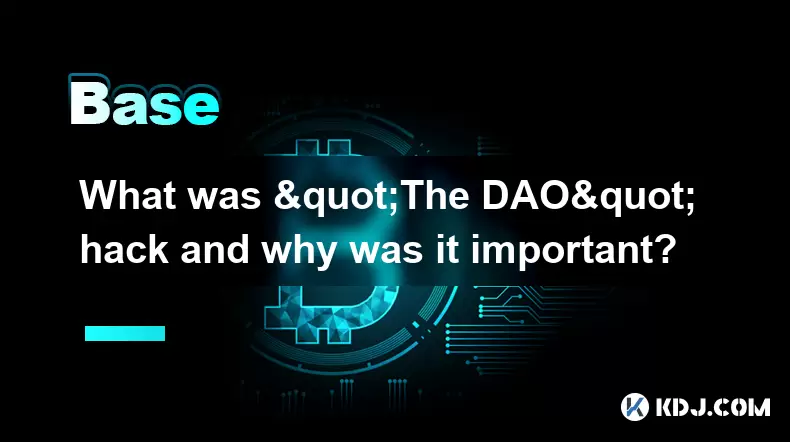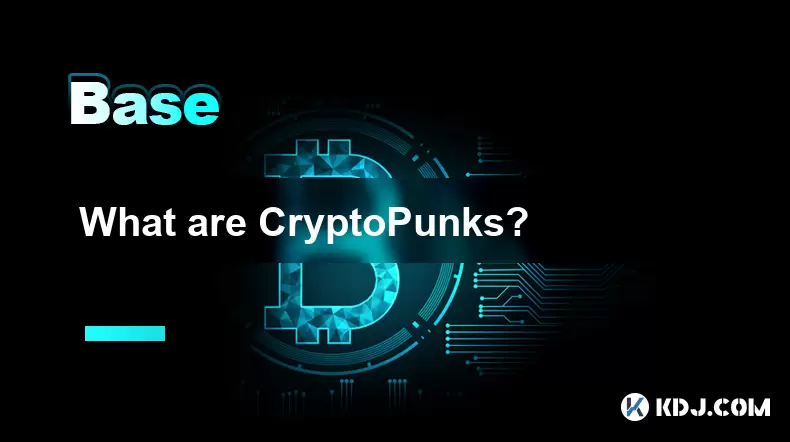-
 Bitcoin
Bitcoin $117500
-0.28% -
 Ethereum
Ethereum $3558
0.05% -
 XRP
XRP $3.392
-1.64% -
 Tether USDt
Tether USDt $1.000
-0.04% -
 BNB
BNB $728.3
-0.65% -
 Solana
Solana $175.4
-0.82% -
 USDC
USDC $0.9998
-0.01% -
 Dogecoin
Dogecoin $0.2398
1.83% -
 TRON
TRON $0.3179
-2.38% -
 Cardano
Cardano $0.8204
-0.07% -
 Hyperliquid
Hyperliquid $44.07
-0.62% -
 Stellar
Stellar $0.4581
-1.03% -
 Sui
Sui $3.790
0.35% -
 Chainlink
Chainlink $18.16
1.68% -
 Hedera
Hedera $0.2643
-0.28% -
 Avalanche
Avalanche $24.22
2.25% -
 Bitcoin Cash
Bitcoin Cash $512.2
-0.43% -
 Shiba Inu
Shiba Inu $0.00001479
0.54% -
 Litecoin
Litecoin $111.1
8.86% -
 UNUS SED LEO
UNUS SED LEO $8.986
0.08% -
 Toncoin
Toncoin $3.194
-0.68% -
 Polkadot
Polkadot $4.337
1.87% -
 Uniswap
Uniswap $10.02
-1.95% -
 Monero
Monero $321.7
1.05% -
 Ethena USDe
Ethena USDe $1.001
-0.04% -
 Bitget Token
Bitget Token $4.870
0.73% -
 Pepe
Pepe $0.00001325
1.35% -
 Dai
Dai $0.9999
0.00% -
 Aave
Aave $314.1
-2.09% -
 Cronos
Cronos $0.1203
1.58%
How does sharding improve scalability?
Sharding enhances blockchain scalability by dividing the network into smaller shards, enabling parallel transaction processing and reducing congestion.
Jul 20, 2025 at 01:21 am

Understanding Sharding in Blockchain
Sharding is a database partitioning technique that is increasingly being adopted in blockchain technology to enhance scalability. In the context of blockchain, sharding involves splitting the network into smaller, more manageable segments called "shards." Each shard processes a portion of the network's transactions and smart contracts independently, allowing multiple transactions to be validated simultaneously across different shards. This parallel processing capability significantly reduces the time required to validate transactions across the entire network.
The primary goal of sharding is to address the scalability limitations of traditional blockchain systems, where every node must process and store the entire transaction history. By distributing the workload, shards can handle subsets of data and transactions, reducing the burden on individual nodes and increasing the overall throughput of the network.
How Sharding Reduces Network Congestion
One of the key ways sharding improves scalability is by reducing network congestion. In non-sharded blockchains like Bitcoin or Ethereum (prior to Ethereum 2.0), every transaction must be validated by every full node on the network. This results in bottlenecks during periods of high activity, leading to slow transaction times and high gas fees.
By implementing sharding, each node only needs to validate transactions within its assigned shard, which dramatically reduces the volume of data each node must process. This minimizes delays and increases transaction speed, as multiple shards can process transactions simultaneously. The result is a more efficient network that can handle a higher volume of transactions without compromising decentralization or security.
Enhancing Throughput Without Sacrificing Decentralization
A major concern in blockchain scalability is maintaining decentralization while improving performance. Traditional scaling solutions like increasing block size or reducing the number of validating nodes can centralize control, making the network more vulnerable to attacks and manipulation.
Sharding addresses this by allowing the network to scale horizontally. Instead of relying on a few powerful nodes to handle all transactions, a large number of nodes can participate in transaction validation across multiple shards. This preserves decentralization while still achieving high transaction throughput. Each shard operates semi-independently but is periodically synchronized with the main chain to ensure overall network consistency.
Implementing Sharding in Ethereum 2.0
Ethereum's transition to Ethereum 2.0 (Eth2) is one of the most prominent examples of sharding being used to improve scalability. In Ethereum 2.0, the blockchain is divided into 64 shards, each capable of processing its own set of transactions and smart contracts. These shards communicate with the Beacon Chain, which coordinates validator assignments and cross-shard communication.
Here's a simplified breakdown of how sharding works in Ethereum 2.0:
- Validators are randomly assigned to different shards to prevent malicious activity.
- Each validator processes transactions only within their assigned shard, reducing computational load.
- Crosslinks are used to periodically commit shard data to the Beacon Chain, ensuring data availability and finality.
- Users can submit transactions to any shard, and inter-shard communication is handled through the Beacon Chain when necessary.
This architecture allows Ethereum to process thousands of transactions per second, a significant improvement over the previous limit of around 15–45 transactions per second.
Security Considerations in Sharded Blockchains
One of the potential risks of sharding is the increased attack surface due to smaller, independent shards. If a malicious actor gains control of a majority of nodes in a single shard, they could potentially manipulate transactions within that shard.
To mitigate this risk, sharded blockchains employ several security measures:
- Random validator assignment ensures that attackers cannot predict which validators will be placed in which shards.
- Cryptographic techniques like fraud proofs and data availability proofs allow other parts of the network to detect and reject invalid transactions.
- Periodic reshuffling of validators across shards prevents long-term control by malicious actors.
- Cross-shard verification ensures that any invalid activity in one shard can be challenged and corrected by other parts of the network.
These mechanisms help maintain the integrity and security of the network, even as it scales to support more users and transactions.
Frequently Asked Questions
What is the difference between sharding and sidechains?
Sharding is a native scaling solution that partitions the main blockchain into multiple shards, all secured by the same consensus mechanism. Sidechains are separate blockchains that operate independently and interact with the main chain through bridges. Sharding maintains tighter security integration compared to sidechains.
Can sharding be implemented on any blockchain?
Sharding requires significant architectural changes and is most effective in proof-of-stake (PoS) systems. While theoretically possible, implementing sharding on proof-of-work (PoW) blockchains is complex due to resource allocation and security concerns.
Is sharding the only solution to blockchain scalability?
No, other solutions like layer-2 protocols (e.g., Lightning Network, Optimistic Rollups) and state channels also aim to improve scalability. However, sharding is often used in conjunction with these solutions to achieve optimal performance and decentralization.
How does sharding affect transaction fees?
By increasing the network's capacity to process transactions, sharding typically reduces transaction fees. With more transactions processed simultaneously across shards, users experience lower congestion and more predictable gas costs.
Disclaimer:info@kdj.com
The information provided is not trading advice. kdj.com does not assume any responsibility for any investments made based on the information provided in this article. Cryptocurrencies are highly volatile and it is highly recommended that you invest with caution after thorough research!
If you believe that the content used on this website infringes your copyright, please contact us immediately (info@kdj.com) and we will delete it promptly.
- SUI Altcoin: Primed for Potential 100x Gains?
- 2025-07-20 04:50:12
- Panicked, Child, Swallowed Coin: A Parent's Worst Nightmare (and What to Do)
- 2025-07-20 04:35:12
- WLFI Token Tradability: World Liberty Finance's Bold Move Under Trump's Crypto Wing
- 2025-07-20 04:50:12
- Floki Price Rockets: Breakout Rally or Meme Coin Mirage?
- 2025-07-20 04:35:12
- Tinubu, the North, and Appointments: Too Little, Too Late?
- 2025-07-20 03:20:15
- Stellar Blade Hacked: When Crypto Scams Target Your Favorite Games
- 2025-07-20 03:50:12
Related knowledge

What is the Inter-Blockchain Communication Protocol (IBC)?
Jul 19,2025 at 10:43am
Understanding the Inter-Blockchain Communication Protocol (IBC)The Inter-Blockchain Communication Protocol (IBC) is a cross-chain communication protoc...

How does sharding improve scalability?
Jul 20,2025 at 01:21am
Understanding Sharding in BlockchainSharding is a database partitioning technique that is increasingly being adopted in blockchain technology to enhan...

What is the "crypto trilemma" of scalability, security, and decentralization?
Jul 19,2025 at 06:28pm
Understanding the Concept of the Crypto TrilemmaThe crypto trilemma refers to the challenge of simultaneously achieving scalability, security, and dec...

What was "The DAO" hack and why was it important?
Jul 19,2025 at 09:08pm
Background of 'The DAO''The DAO' (Decentralized Autonomous Organization) was a venture capital fund built on the Ethereum blockchain, launched in Apri...

What to look for in a crypto project's whitepaper?
Jul 19,2025 at 01:42pm
Understanding the Purpose of a WhitepaperA whitepaper is a foundational document for any cryptocurrency project, often serving as the first point of c...

What are CryptoPunks?
Jul 19,2025 at 08:28am
Understanding the Basics of Bitcoin MiningBitcoin mining is the process through which new Bitcoin is introduced into circulation and transactions are ...

What is the Inter-Blockchain Communication Protocol (IBC)?
Jul 19,2025 at 10:43am
Understanding the Inter-Blockchain Communication Protocol (IBC)The Inter-Blockchain Communication Protocol (IBC) is a cross-chain communication protoc...

How does sharding improve scalability?
Jul 20,2025 at 01:21am
Understanding Sharding in BlockchainSharding is a database partitioning technique that is increasingly being adopted in blockchain technology to enhan...

What is the "crypto trilemma" of scalability, security, and decentralization?
Jul 19,2025 at 06:28pm
Understanding the Concept of the Crypto TrilemmaThe crypto trilemma refers to the challenge of simultaneously achieving scalability, security, and dec...

What was "The DAO" hack and why was it important?
Jul 19,2025 at 09:08pm
Background of 'The DAO''The DAO' (Decentralized Autonomous Organization) was a venture capital fund built on the Ethereum blockchain, launched in Apri...

What to look for in a crypto project's whitepaper?
Jul 19,2025 at 01:42pm
Understanding the Purpose of a WhitepaperA whitepaper is a foundational document for any cryptocurrency project, often serving as the first point of c...

What are CryptoPunks?
Jul 19,2025 at 08:28am
Understanding the Basics of Bitcoin MiningBitcoin mining is the process through which new Bitcoin is introduced into circulation and transactions are ...
See all articles

























































































